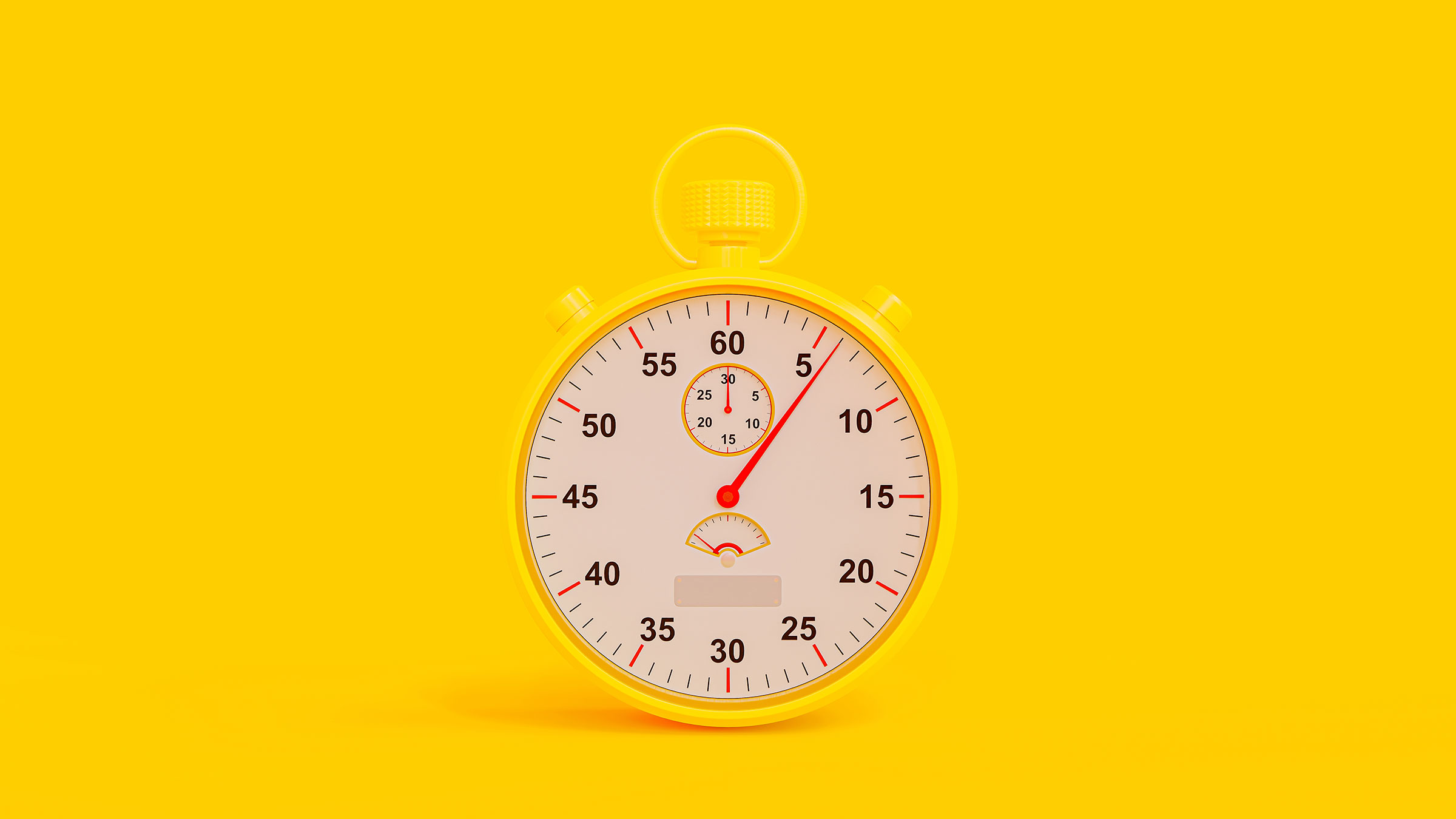If you really want a workout, try interval training. Nearly every gym now offers what’s called high intensity interval training, or HIIT; sessions involve pushing yourself to nearly your peak heart rate for anywhere from a few seconds to a few minutes, then cooling down for a few minutes with a less intense exercise before picking up the pace again and repeating for a few cycles. Devotees claim it’s the best way to exercise, and if you’re not doing some form of HIIT, you’re wasting your time.
The premise seems too good to be true: that working out in short, intense bursts can be just as good for your heart and muscles as longer endurance regimens. But scientists say it is true, and that they may have an explanation for why it’s possible.
Hakan Westerblad, a professor of physiology and pharmacology from the Karolinska Institute, and his colleagues took muscle samples from a group of volunteers after they alternated between pedaling a stationary bike for 30 seconds at top intensity and resting for three minutes six times. Their muscle cells revealed the secret to high intensity workouts.
When stressed by the extreme exercise, certain chemical channels in the muscle cells that regulate calcium changes in the cells broke down. Calcium is critical for cell signaling, and the extreme demands triggered by the exercise prompt the cell to adjust its energy production and become more efficient. “What we found was a breakdown of these channels that was totally unexpected,” says Westerblad. “We have never seen anything similar. We saw a large production of free radicals, and these free radicals were specifically hitting the calcium channels. Normal training also increases the amount of free radicals, but not by as much as interval training.”
Read More: This No-Gym Workout Gets the Job Done in 10 Minutes
The change in the channels triggered by the free radicals, he says, is the muscle cells’ way of detecting and coping with the extreme duress caused by the high intensity exercise. “During any physical training, the cell senses, ‘I have a problem here,’” says Westerblad. “So to be better safe than sorry, they adapt so the next time they experience the intense exercise, the problem is lessened.”
But that only works to a point. Elite athletes’ bodies are so well adapted to strenuous and intense training that they start to tolerate the ‘trauma’ of HIIT, and their muscle cells don’t react as dramatically since they don’t see the intense activity as a reason to rev up their energy needs.
Read More: Lift, Squat, Repeat: Inside the Crossfit Cult
Yet for recreational athletes, like the ones Westerblad tested in his lab, the effect can be pretty significant. He found that a single session of HIIT triggered molecular changes in muscle cells that remained detectable 24 hours later in a muscle biopsy. The muscle cells are essentially changing in order to prepare themselves for further hits of HIIT, so they can remember how much energy they need and how quickly they need to produce this fuel in order to sustain themselves through the bouts of intense activity. So if you’re not a fan of long workouts, interval training may be a good way to work your muscles without the time commitment.
- Introducing the 2024 TIME100 Next
- The Reinvention of J.D. Vance
- How to Survive Election Season Without Losing Your Mind
- Welcome to the Golden Age of Scams
- Did the Pandemic Break Our Brains?
- The Many Lives of Jack Antonoff
- 33 True Crime Documentaries That Shaped the Genre
- Why Gut Health Issues Are More Common in Women
